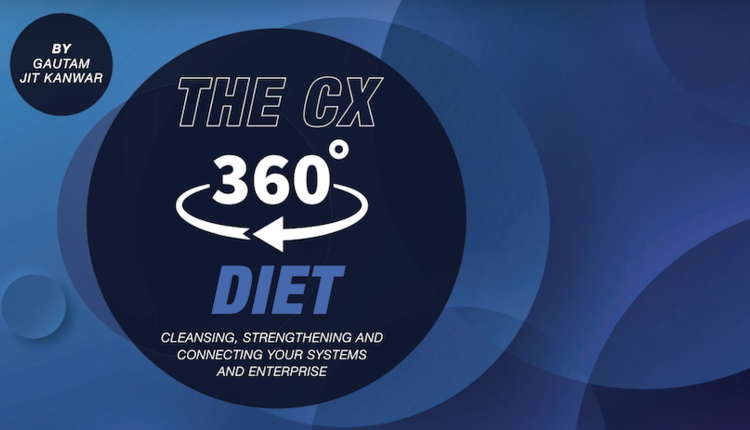
Document version control can be interesting. Ongoing official versions of the U.S. Constitution exist, for example, as do the drafts leading up to its initial adoption. The Constitution, like most documents we deal with each day, is a living communication used to make something official in a legally binding sense. “Legally binding sense?” – well, that part isn’t so much fun, but it is important.
Statements, policies and even marketing materials must not only be accurate; they must be traceable over time. And unlike the Constitution, modern communications add complexity by presenting different messages to different audiences, meaning both the content and its underlying logic must be version controlled to ensure document traceability.
It all begins and ends with best practices that record the who, what and when of a document’s life. That means knowing what changed, when it changed and who changed it in terms of document content and the logic behind it. But knowing this alone doesn’t tell the whole story, because it doesn’t prove what version a recipient actually received. It is important to build approval processes that determine what version of a document is to be in production, and during what time period. Next, reports are generated which record when development versions were migrated to production, followed by archiving a copy of the actual produced documents. These processes provide a closed loop to ensure version control over document development, as well as document production.
Interactive Version Control Brings More to the Table
When you move beyond the general concept of document version control, to the concept of versioning all document-related resources, version control can take place in two different ways: through IT or through a guided, interactive portal where customers have the operational dexterity and scalability to make iterations as needed on their customer communications.
You might be asking yourself, “Why two places for version control?” That mainly comes down to one question: Should your IT personnel maintain your documents, or should your subject matter experts maintain their own documents? Each organization answers this question differently, though a trend exists toward empowering “the business.” In this approach, IT administers a technical foundation on which business users maintain their own document content.
When IT is responsible for establishing and administering the foundation, they create folder structures for different departments and resource types and administer permissions for all users in the system. IT’s goal is to ensure the correct versions are promoted to production at the correct time and can roll back to previous versions of a resource, among other “power user” tasks.
In contrast, when you empower business users to create, maintain and reuse their own document content, it enables rapid adaptation to market and regulatory conditions as they occur. View interactive version control as a user-friendly content creation and versioning capability that allows users to gain more control over document processes and minimize costly change management time. Interactive solutions can be accessed via a web browser and thus a user with proper credentials can “interact” with documents from any workstation with an internet connection.
With interactive versioning capabilities, there is the potential to bring more types of resources to the table, all of which are version controlled. Beyond logos and fonts for example, you can add reusable “blocks” of content, document templates and display rules, all of which are trackable and transparent. Business users can view previous versions, as well as timestamps, comments and names of those who edited or approved each version, providing an at-a-glance picture of a document’s history over time.
Interactive document version control has reshaped the way version control has been accomplished historically. Today, organizations have the advantage of creating agile communications with the flexibility and autonomy that makes it possible to complete interactive, point-of-need documents with relevant information in real time. We have come a long way from how the founding fathers arrived at final text. If you are curious to compare drafts of the U.S. Constitution, they can be explored here: http://treasures.constitutioncenter.org/
Gautam Jit Kanwar is president of BelWo Inc., a global managed services provider specializing in customer communications management (CCM) delivery solutions that help companies meet strategic CCM goals, add value to every customer communication, reduce costs and significantly improve the workflows of mission-critical CCM processes.















